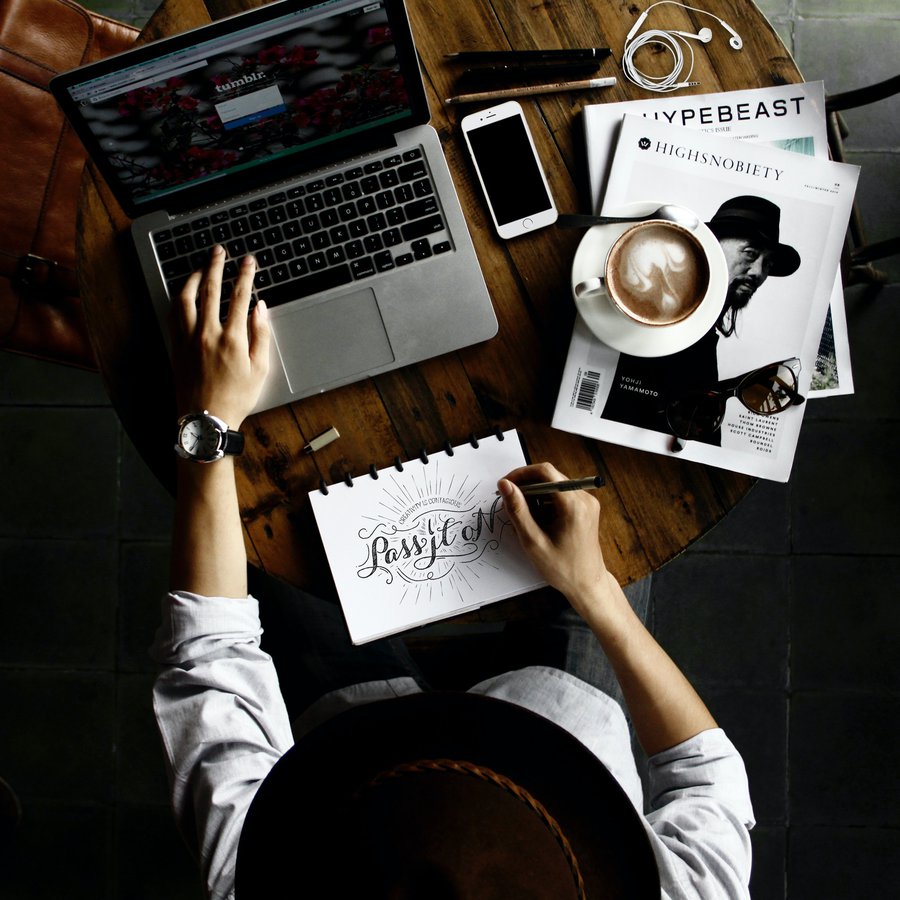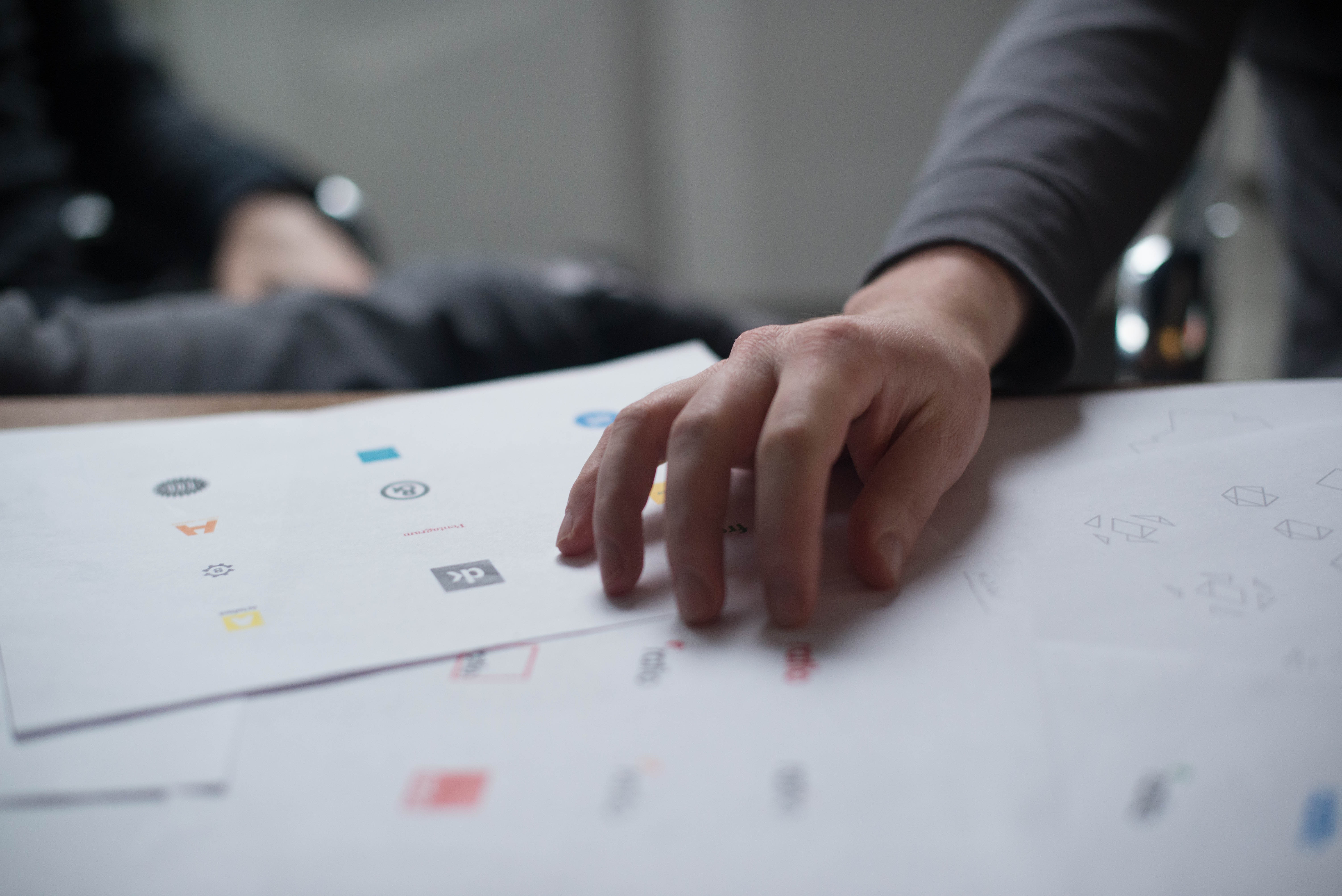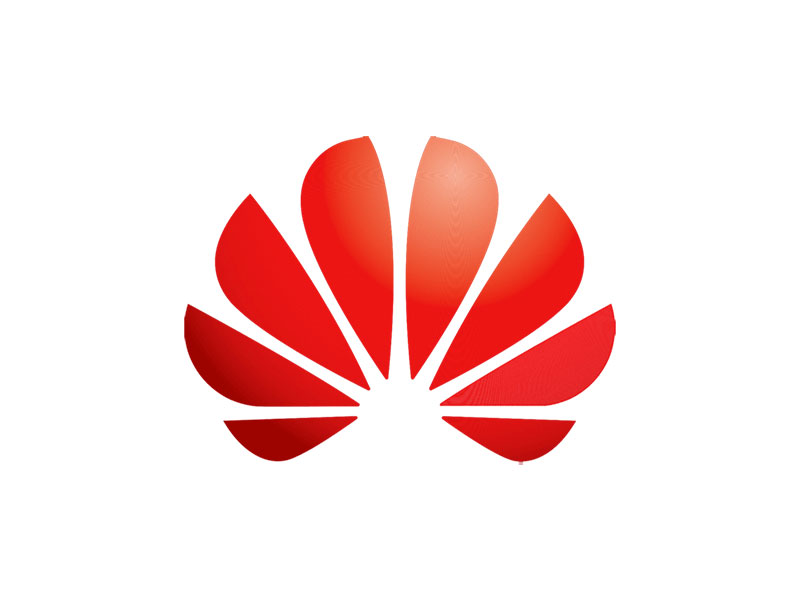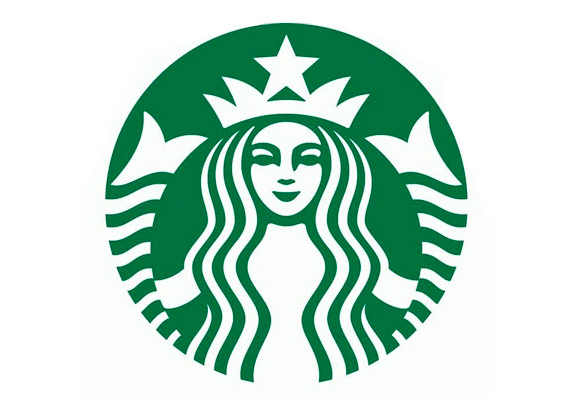How to Create the Ultimate Logo
7 minuteRead

Website and business owners invest a significant amount of money in building visual tools to communicate and interact with customers. Today, a logo serves not only as a means of distinguishing a company and its products or services, but also as a means of establishing your brand's reputation.
Logo design is a huge responsibility because logos establish your brand and help with the overall appearance of your website. A well-designed logo can help you build a positive relationship with your target audience. That is precisely what today's organisations and bloggers are attempting to accomplish.
What exactly is a logo?
A logo is a symbol or design that is used to identify a business or organisation, as well as its products, services, and workers, among other things. A logo, in its most basic form, identifies. It's how people will remember and recognise your company. It also serves as the public face of your company.
Before you get into the creative process, I suggest that you familiarise yourself with the seven sorts of logos and shortlist the type you want to create. There are around seven different logos styles to choose from:
1. Wordmarks
Some brands don't use a graphic emblem and instead put their company or organization's name in the spotlight. Typography is crucial in this scenario. Whatever font you choose, it must be readable.
2. Lettermarks
Lettermarks or monogram logos are made of letters, usually brand initials. A lettermark logo is a typography-based logo made out of a few letters, usually the initials of a company. The lettermark is all about keeping things simple. Lettermark logos are helpful at streamlining any company brand if it has a long name by using only a few letters.
3. Brand Mark
Brand marks, sometimes known as "pictorial marks," are the graphic symbol of a logo. These symbols are frequently recognisable and help your audience make an instant connection. In the beginning, you'll need to pair a brand mark with your company or organization's name. However, with enough time, the sign may become a compelling visual shorthand for a well-known business.
4. The Combination Mark
This sort of logo combines a symbol with a wordmark to create the classic logo "lock-up" that we're all familiar with. Play around with the placement of each element until you come up with a design you like.
5. Abstract Logo Marks
An abstract mark is a sort of pictorial logo. It's an abstract geometric shape that symbolises your company. The Pepsi divided circle and the Adidas flower are two well-known examples. Abstract markings, like other logo symbols, function well because they nicely condense your business into a single image. Abstract logos allow you to develop something completely unique to symbolise your company rather than being limited to a picture of anything identifiable.
6. Mascots
A mascot is an illustrated character that represents your business. Consider them to be your company's ambassador. Mascots are ideal for businesses that wish to appeal to families and youngsters in order to create a positive ambiance. Simply choose a style that corresponds to the message and feeling you wish to convey.
7. Emblems
A font inside a symbol or icon makes up an emblem logo. These logos have a traditional look to them that can make a big impression, so they're a popular choice for many schools, companies, and government institutions. Some examples are Harvard, Starbucks and Harley Davidson.
They are, however, less malleable than the aforementioned forms of logos due to their higher level of detail and the fact that the name and symbol are securely interwoven. It will be difficult to recreate a complex emblem design across all logos. Keep your design simple and you'll come away with a strong, bold look that will make you look like a true professional.
A well-designed logo may help your business and brand in a variety of ways, and now that you know the types of logos you can create, here are nine mind-blowing methods on how to achieve it for a new business or website and make your own logo:
1. Research and inspiration
It's a lot easier to design a logo if you've spent some time looking for ideas first. You will know more clearly which ideas you want and which you don't if you take the effort to compile many ideas this way. Becoming familiar with the business is critical for students who want to work as web designers or graphic designers. The good news is that there are lots of logo ideas available to satisfy your creative needs. Finding good creative logo design samples is simple if you know where to look.
2. Create a moodboard
Make a mood board to collect all of the pictures, designs, colour combinations, photos, illustrations, and logos that appeal to you and embody the style and feel you desire for your brand identity. Create distinct mood boards for each design direction if you're inclined to more than one. Include brief comments of how the visual choices on each board convey the brand traits listed in your creative strategy. In an ideal world, you'd show these boards to other members of your team or a decision-maker, and they'd assist you in narrowing down your options.
3. Don’t overdo it
Simple yet powerful logos pervade the corporate world, and they continue to be the greatest emblems for standing the test of time. A basic logo is also a distinct style. Many of the world's businesses are represented by simple but effective logos. When we talk about a basic logo, we're talking about using simply one or two colours, typefaces, and other elements. At the end of the day, viewers should be able to understand the message at first glance.
4. Reflect the company's image
Every good logo has a purpose. Solid logos, both apparent and hidden, are much more than just a lovely sketch. They are a statement with significance. If your logo is aligned with your company's fundamental values and mission, customers will understand what you stand for at a glance and be lured to your services. The colours and images of your logo and branding should match the type of business you run and the products or services you sell. In the business world, a logo provides a brand identity because it is aligned with your organisation.
5. Always think about the colour scheme
One of the most significant aspects of logo design is the colour pallet. This is not a superficial assessment; it uses colour to convey concepts and thoughts. Colors are important in determining a company's message. Use bright, strong colours to get people's attention. However, make sure that these colours also reflect your company's individuality. It's important to remember that every colour produces an emotion, which the viewers or buyers interpret as a message.
The psychology of colour is extensive, but to summarise, colours are associated with specific feelings and thoughts. You can create a single-color monochromatic logo or combine numerous logo colours to make a whole brand colour storey. Take a look at the colour wheel to find colours that go well together.
- Complementary colours are precisely opposite each other on the colour wheel. They bring out the best in both colours and give any work of art a vibrant touch.
- Analogous colors fall close to each other on the wheel. If you want your logo colors to be harmonious, these will work well together.
- Triadic colors draw from three equal sections on the color wheel. Pick these for a stimulating and bold effect.
6. Be careful with typography
Logos are available in a variety of styles. There are various different types of logos, wordmark logos like Linkedin and brankmark logos like Instagram. If you're making a text-based logo, you'll need to pick the correct font. There are numerous websites available to assist you in selecting the appropriate font. If you're looking for a free option, Google Fonts is a good place to start. Choose a logo design style that best suits your needs. In addition, there are a variety of graphic design styles to consider for your logo design, such as retro, ultramodern, and simple.
7. Try to make a strong impression
A logo has a long-lasting impact on the market and customers. Just looking at your logo should be enough to captivate them. The logo benefits a firm by attracting customers repeatedly until they form a positive impression of the design. Make sure the logo stands out, avoid clichéd patterns, and explore a wide range of options.
If you want to spend some time learning about alternative branding and visual ideas, that's fantastic, but make sure you don't just follow the latest trends and stay true to your brand. That way, your website will start out on the proper foot and in the right path.
It could take a few tries to find the perfect logo. This is especially true if this is your first time designing a logo. Getting good at it takes time and practise. So, if you're not satisfied with your first attempt, try again. Make sure you understand the brand and that your logo sends a powerful message to your target audience.
8. Check out the competition
Examine what's presently available, what resonates with your target demographic, and what you should avoid. Consider how you may emphasise the contrasts between you and those other firms in your logo design while stalking those other businesses. Make a point of distinguishing yourself from the competition.
9. Ask yourself some key questions
- What ideals do you want your brand to represent?
- What distinguishes your brand's personality from others?
- What are your reasons for wanting and/or needing a new logo?
- What is the driving force behind this design?
- Who are the people you want to reach out to?
- What is the significance of your company's name?
- What do you hope to achieve with this new logo?
- When people see your logo, how do you want them to feel?
Once you have an answer to these questions, you can start working on a kickass logo for a website and business with no hesitation. Remember to be patient throughout the design process and get as much feedback as you possibly can. Enjoy the process and you’ll notice that the final design will reflect the amount of time and work you put into it.
Write, Record and Answer! Consume Unlimited Content! All you need to do is sign in and its absolutely free!
Continue with one click!!By signing up, you agree to our Terms and Conditions and Privacy Policy.


















